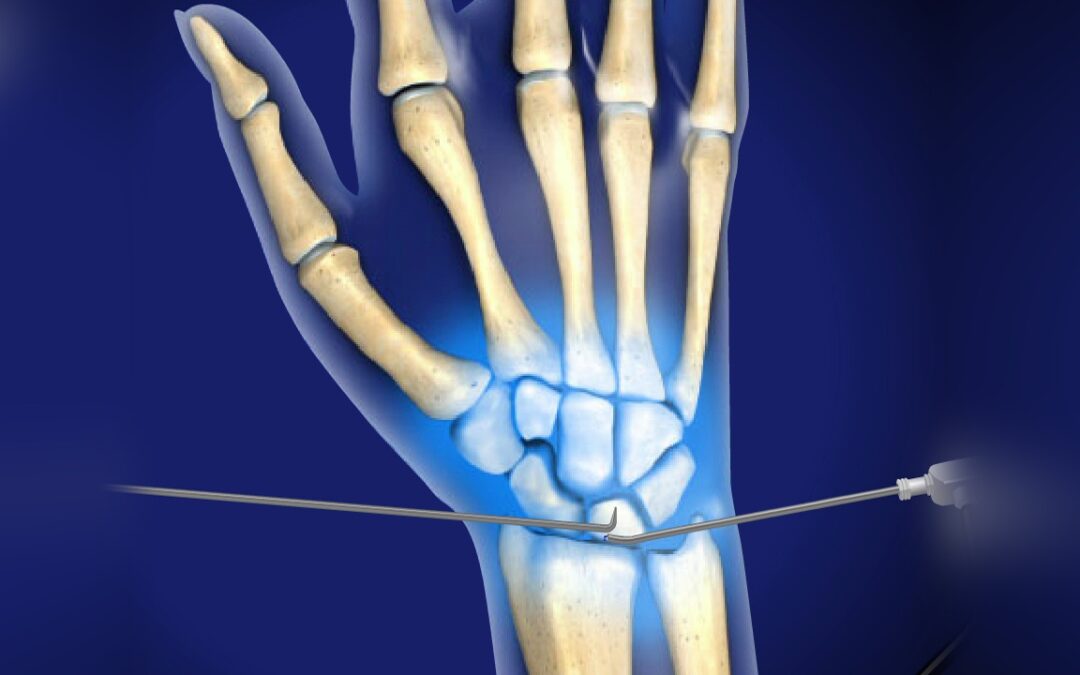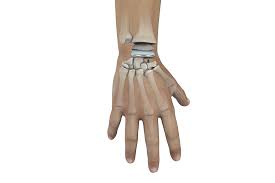TFCC Injuries
The TFCC, or triangular fibrocartilage complex, is a group of tissues that helps to stabilize the wrist. It is located on the back of the wrist, between the ulna and the radius. The TFCC helps to absorb shock, prevent the wrist from moving too much, and transmit forces from the forearm to the hand.
A TFCC injury occurs when one or more of the tissues in the TFCC are damaged. This can happen due to a number of reasons, including:
- Falls: A fall onto an outstretched hand can injure the TFCC.
- Sports injuries: TFCC injuries are common in sports that involve contact, such as football, basketball, and hockey.
- Overuse injuries: TFCC injuries can also occur in people who use their wrists repetitively, such as factory workers or musicians.
When the TFCC is injured, it can cause pain, swelling, and decreased range of motion in the wrist. In some cases, the wrist may also become unstable.
If a TFCC injury is not treated, it can lead to chronic pain and instability in the wrist. In some cases, it may even lead to arthritis.
If you think you may have a TFCC injury, it is important to see a doctor right away. The doctor will examine your wrist and take X-rays. In some cases, you may also need an MRI scan.
The treatment for a TFCC injury depends on the severity of the injury. If the injury is minor, your doctor may recommend non-surgical treatment, such as:
- Rest: Avoid using the wrist and keep it immobilized in a splint or cast.
- Ice: Apply ice to the wrist for 20 minutes at a time, several times a day.
- Compression: Compress the wrist with an elastic bandage.
- Elevation: Elevate the wrist above the heart.
- Medications: Over-the-counter pain relievers, such as ibuprofen or naproxen, can help to relieve pain and inflammation. In some cases, your doctor may prescribe stronger medications, such as steroids or cortisone injections.
- Physical therapy: Physical therapy can help to improve range of motion and strength in the wrist.
If the injury is more severe, you may need surgery. The goal of surgery is to repair the damaged tissues in the TFCC and restore stability to the wrist.
There are a number of different surgical procedures that can be used to repair a TFCC injury, including:
- Arthroscopy: This minimally invasive procedure allows the surgeon to view the inside of the wrist and make repairs without making a large incision.
- Open surgery: This procedure involves making a larger incision in the wrist to access the TFCC.
After surgery, you will need to wear a splint or cast for several weeks. You will also need to do physical therapy to regain range of motion and strength in the wrist.
The prognosis for TFCC injuries is variable and depends on the extent of damage to the TFCC and how long it has been since the injury. The more severe the injury and the greater the length of time from injury to presentation the worse the outcome. Most people with low-grade injuries are able to make a full recovery and return to their normal activities while those with high-grade injuries and chronic injuries have a less favourable outcome.












